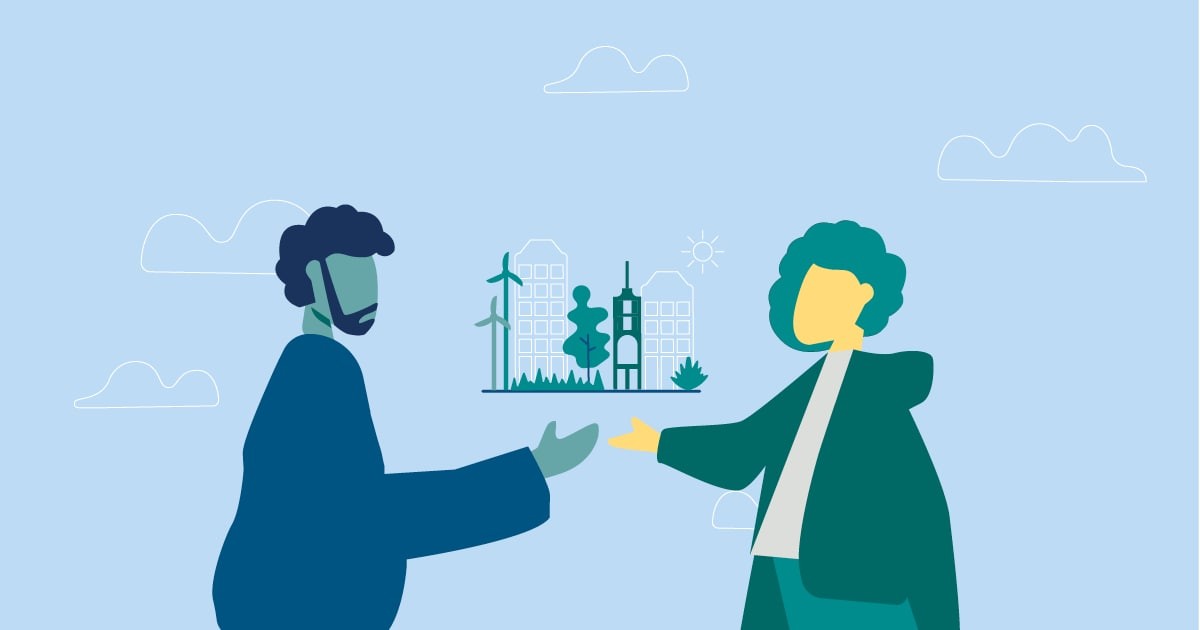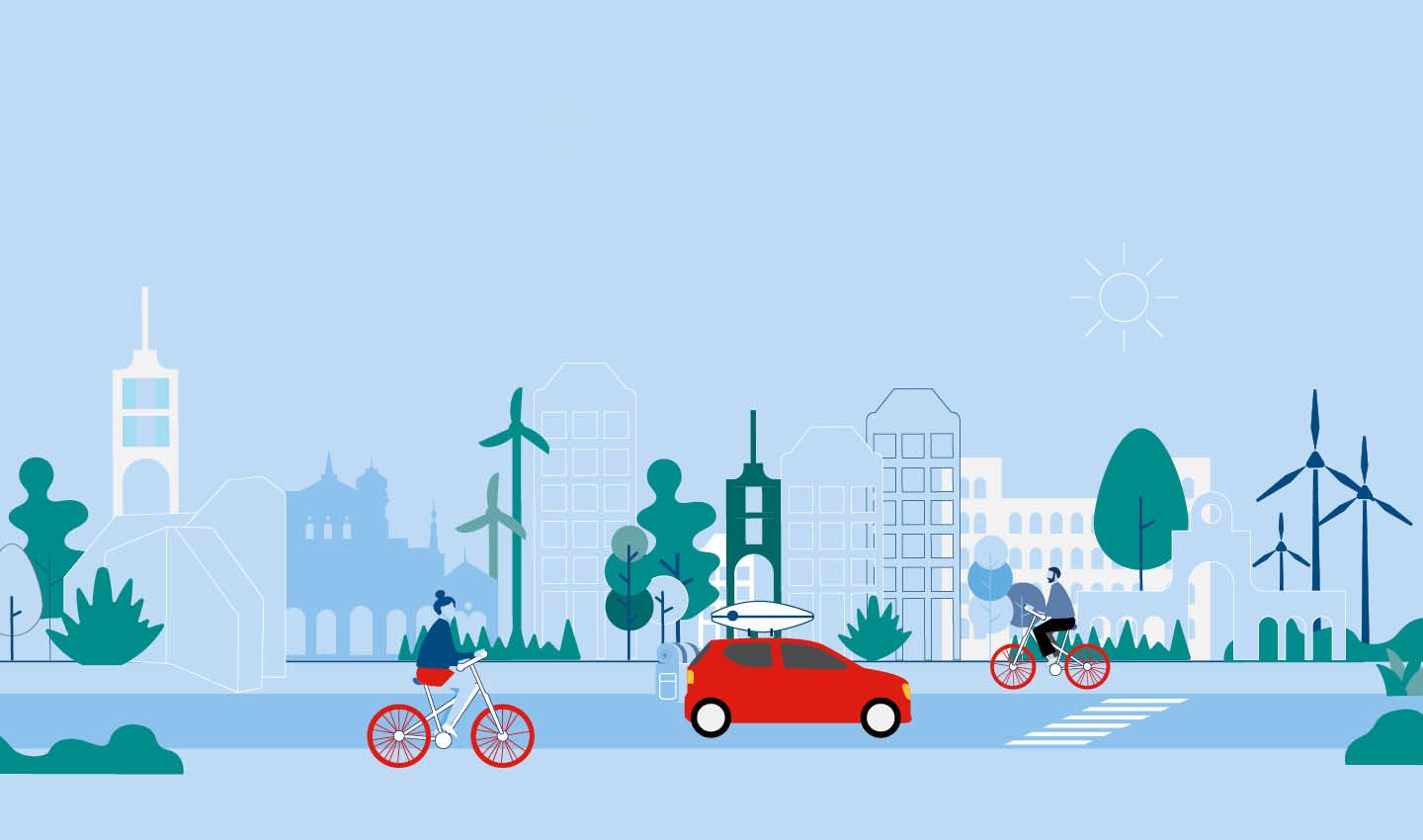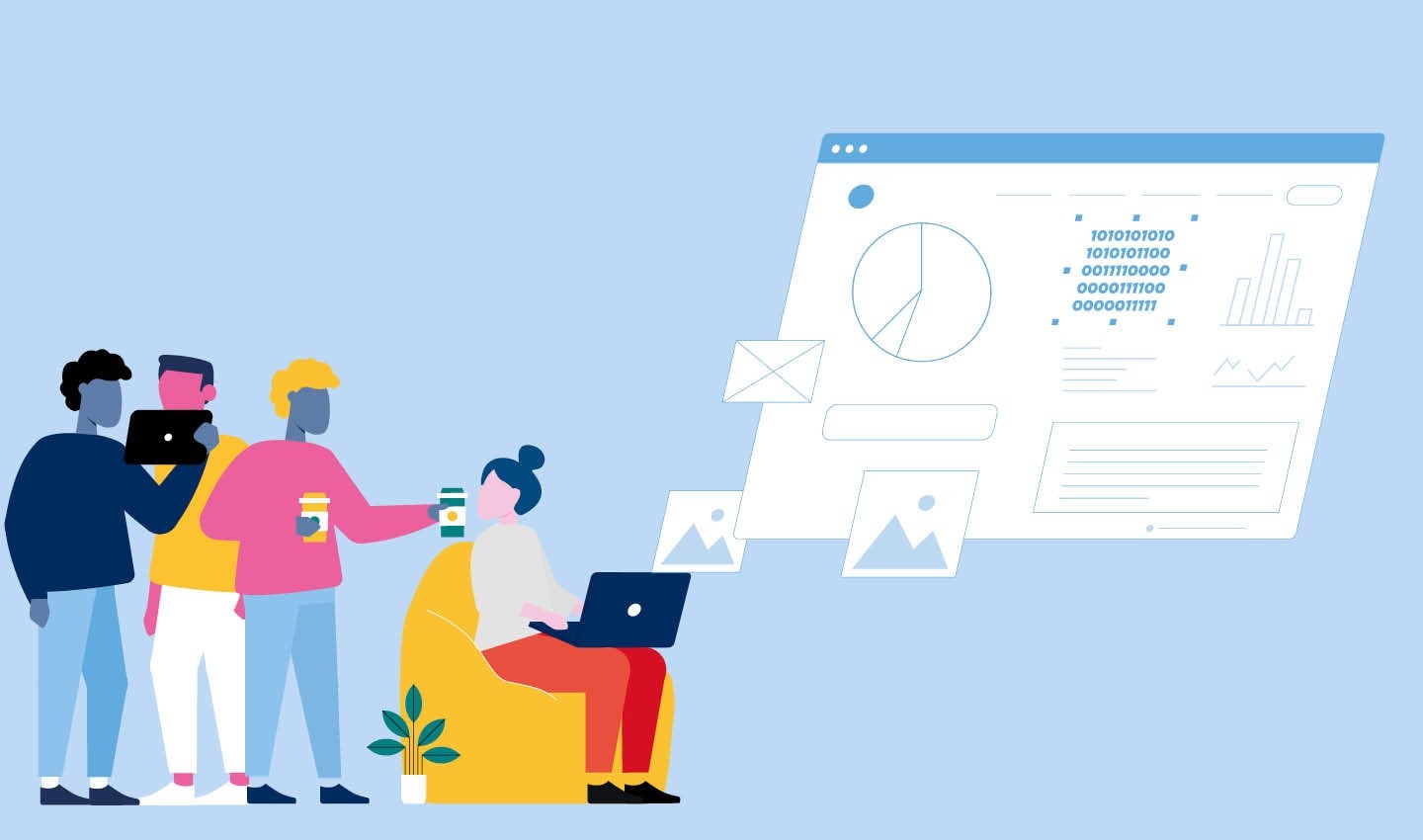Going green together – How partnerships are essential for a sustainable future
&w=256&q=90)

We’re all about solving what matters at TomTom – sustainable development is one of the most significant issues we face today. So, in honor of Earth Day on April 22, we’re looking back at a recent webinar in which we explored a solution: partnerships. Specifically, how can we all work together and contribute towards achieving the UN’s Sustainable Development Goals, particularly Goal 11 for sustainable cities and communities.
To kick-start collaboration, we spoke to a panel of experts and officials to discuss what they are doing to make a difference:
Bas Bussink, Data Researcher, City of Amsterdam
Ben Stabler, Vice President of Product Management Mobility, PTV Group
Francisco Moreno, Head of Navigation, CARIAD (Volkswagen Group)
Julia Kondrateva, Strategic Events Manager, Global Compact Network Netherlands
Stephan Schmitt, Senior Software Engineer, TomTom
The bigger picture – the importance of SDG 11 and how we can contribute to its achievement
The Sustainable Development Goals by the United Nations are essential, as they give us a clear target to address critical global issues, such as climate change. Sharing an umbrella objective like SDG 11 – around the creation of sustainable cities and communities – makes it easier for us to collaborate, as we can assure ourselves that our actions will make a difference.
So, what can we do to achieve SDG 11? Julia Kondrateva, Strategic Events Manager, Global Compact Network Netherlands, shared the importance of having the “right partners and access to the right, inclusive information.” Global Compact, an initiative helping businesses take steps towards achieving SDGs, enables this by giving members of Global Compact the space and guidance to investigate positive actions that can be taken to achieve the SDGs.
Julia highlighted how vital transportation and mobility are to making cities and communities more sustainable. “You can focus on inclusive mobility, so more people can use reliable mobility services. You can work in the direction of resource efficiency, accelerating the adoption of renewable energy... whatever your area of specialty is,” Julia emphasized.

The future of sustainable mobility
As shown in the TomTom Traffic Index, the transition to EVs is key to achieving SDG 11. While the infrastructure around EVs is growing every day, we need to accelerate it.
Francisco Moreno, Head of Navigation for CARIAD (Volkswagen’s software division), spoke about the software company’s integrated digital cockpit designed to make it easier for EV drivers to find charging stations along their journey. It’s a product already empowered through partnership – TomTom’s data enhances the cockpit’s routing and navigational capabilities.
But this is just the start. We need to continue the upward growth as more drivers commit to electric vehicles – they want their investment to last. As Francisco admitted in the webinar, “We must maintain and monitor EV infrastructure closely.”
Ben Stabler, Vice President of Product Management Mobility, PTV Group, who specializes in software solutions for transport logistics and mobility, shared how modeling and simulation software can help us understand traffic patterns, test new ideas for infrastructure and learn about their impact on emissions and sustainability.
For example, if you transition from diesel to EV buses, you’re going to “want to figure out where you’re putting your charge locations to optimize the service to reduce costs, emissions and energy use.” Simulation software will enable you to perform the analysis and figure out the best locations.
TomTom provides data for PTV Group to create maps that allow users to simulate sustainable scenarios. If organizations then worked with companies like PTV Group, we could better design EV-focused infrastructure throughout our cities.

Data for change
Data has already appeared in this article, and for a good reason – it's one of the essential tools we can use to achieve SDG 11.
At TomTom, we’re proud of the quality of our data. We're also excited to share it (through reports like the TomTom Traffic Index, for example) and see how it can make a difference to cities and the lives within those urban areas. TomTom engineer Stephan Schmitt emphasized this point during the webinar, as TomTom wants to make the world safer, cleaner, and congestion-free. How? By “Helping people, cities, governments, and businesses move freely to reduce emissions from driving.”
This is already happening – Bas Bussink, Data Researcher at the City of Amsterdam, revealed how TomTom’s data is being used to monitor the success of changes in Amsterdam’s infrastructure.
For example, the City of Amsterdam was able to see a reduction in traffic levels around Centraal Station due to the roads being “Only available for buses, trams, public transport, pedestrians and cyclists.”
Additionally, with the introduction of speed limits, TomTom’s data can evaluate how limitations affect congestion and emissions. With this information, city planners can start to implement permanent changes to certain areas, leading to increased sustainability and smoother transportation.
The conclusion? Providing data to partners to support decision-making can dramatically impact sustainability.
People also read
)
'What the Hack' happens when TomTom’s hackathons go fully virtual?
)
The life of a trucker: What's it like being a professional driver?
)
Mapping for color blindness: High contrast dedicated color schemes
* Required field. By submitting your contact details to TomTom, you agree that we can contact you about marketing offers, newsletters, or to invite you to webinars and events. We could further personalize the content that you receive via cookies. You can unsubscribe at any time by the link included in our emails. Review our privacy policy.